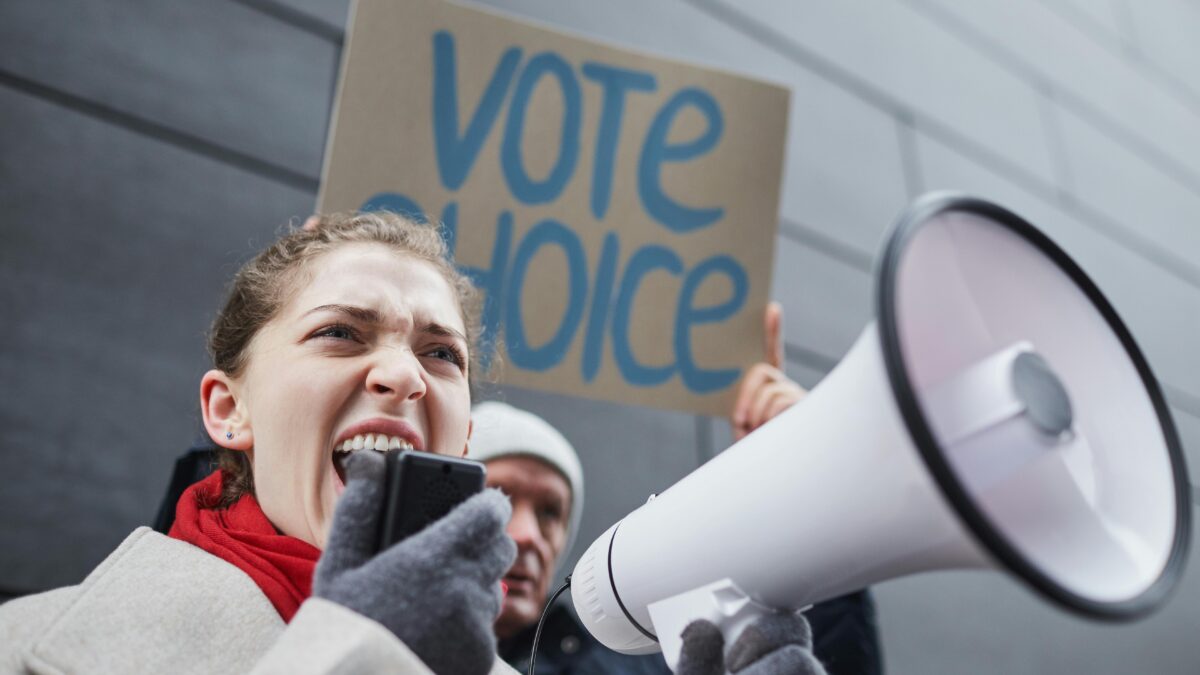
The woke may regret going after Jane Austen. Last month it was reported that exhibits at the Jane Austen Museum were being revamped as staff are“re-evaluating Jane Austen’s place in ‘Regency-era colonialism’ in the wake of Black Lives Matter protests.” This attempt to evaluate Austen according to the American upper class’s current racial obsessions mostly reveals the blind spots those obsessions encourage.
Many of Austen’s fans were furious at this attempted denigration of the great authoress. This anger was intensified by the paucity of the charges against her. Personally, she was accused only of having enjoyed tea and cotton, which were produced in “questionable surroundings.” Of course, so are Nikes and iPhones; then as now, it is difficult to avoid some contact with morally compromised goods in a global market. And as the museum itself acknowledges, Austen is generally thought to have opposed slavery.
The outcry induced the museum to quickly backtrack. It issued a statement protesting that it had been “misrepresented” and that its plans were meant to highlight “Jane Austen’s brilliance” and that “placing Austen in the context of her time at her home will only make her genius shine more brightly.” Even if one buys this excuse, it is nonsensical to evaluate Austen and her work by current American ideological fashions. But when America has an ideological fever, the rest of the world is in danger of inflammation.
Indeed, the folks who want to read Austen through the lens of Black Lives Matter are just the sort who would make fine comic characters in her novels. It is much more informative to consider them through Austen’s lens of class, character, and society than to look at her through their racial preoccupations.
The realities of social class — with its combination of money, manners, family, education, and connections — are the foundation of Austen’s novels. But they are often absent or downplayed by the same current agitators who are keen to emphasize other group differences. The American left has all but abandoned class analysis in order to focus on almost everything else: race, sex, sexual orientation, gender identity, and so on.
This new version of cultural leftism is more compatible with upper-class life than old-fashioned economic leftism. Indeed, emphasizing non-economic divisions may even serve upper-class interests.
For instance, the current emphasis on race lets the upper classes off the hook. They can excuse the decline of the white working class as the natural comeuppance of racists, and blame the plight of poor and working-class minorities (especially blacks) on racism, rather than on economic and social policies that serve the professional and upper classes.
But such cynically utilitarian benefits are far from the minds of most of those eagerly parroting the latest racial dogmas. Today’s elites may be less concerned with ancestry than those of Austen’s day, but class is still about more than money. Manners, connections, and fashion still matter a great deal, and caring about the anti-racism of someone like Ibram X. Kendi is a marker of status, which is why “Kendi’s core constituency is…white readers of The Atlantic.”
That Kendi’s “anti-racism” is a lot like the old racism is irrelevant to those primarily concerned with having the correct views for the class they belong to, or at least aspire to. Therefore, it is no surprise that upscale white progressives are to the left of even black voters on race. The survey data just confirms the observable predominance of Black Lives Matter signs in upscale white neighborhoods.
As would therefore be expected, most of the elite response to racial grievances consists of symbolic gestures. It is much easier to focus on renaming things than to, say, reform the public school system that encourages all those white BLM supporters to cluster together.
As Megan McArdle has put it, a lot of high-performing public schools are really private schools that come bundled with hardwood floors and granite countertops. Rhetorical radicalism provides cover for the class disparities that, especially in strongly Democratic urban areas, often follow racial divisions.
But critical race theory’s march through schools, both public and private, is creating dilemmas for these well-to-do radicals. On one hand, if they give in to ideological instruction and mediocrity, such as Virginia’s plan to abolish most accelerated math courses in the name of equity, then the schools that they have fought to get their kids into will lose the academic excellence that makes them worth attending. On the other hand, standing up to the radicals is social suicide.
For example, consider the recent kerfuffle at Manhattan’s expensive and exclusive Grace Church School. A teacher who spoke out against the indoctrination of critical race theory was effectively fired, only to then release audio of the school’s head admitting that the school is “demonizing white people for being born.” The alternative to the administrator’s cowardly hypocrisy would have risked not only his career, but his status, and so he publicly supported what he privately knew to be wrong.
In contrast, the outcry over the Jane Austen museum shows how this toxic racial ideology may be beaten back. In a word, it is love. People who love Jane Austen do not want a museum dedicated to her to become one more source of insufferable Black Lives Matter posturing.
This shows how to defeat this ideology elsewhere. In schools, for example, critical race theory will be defeated when parents love their children enough to challenge it, even at the risk of status. Love is likewise the answer to the racial divisions that this ideology only exacerbates.
In this, Jane Austen is an excellent teacher. She did not write about race, but she wrote about people. She could analyze folly, individual and social, with the best of them, but we may, like her heroines, learn to resist such errors.
Austen refused to reduce people to their social memberships. Although she gave social status and class their due as realities her characters must navigate, her heroines exceed them.









